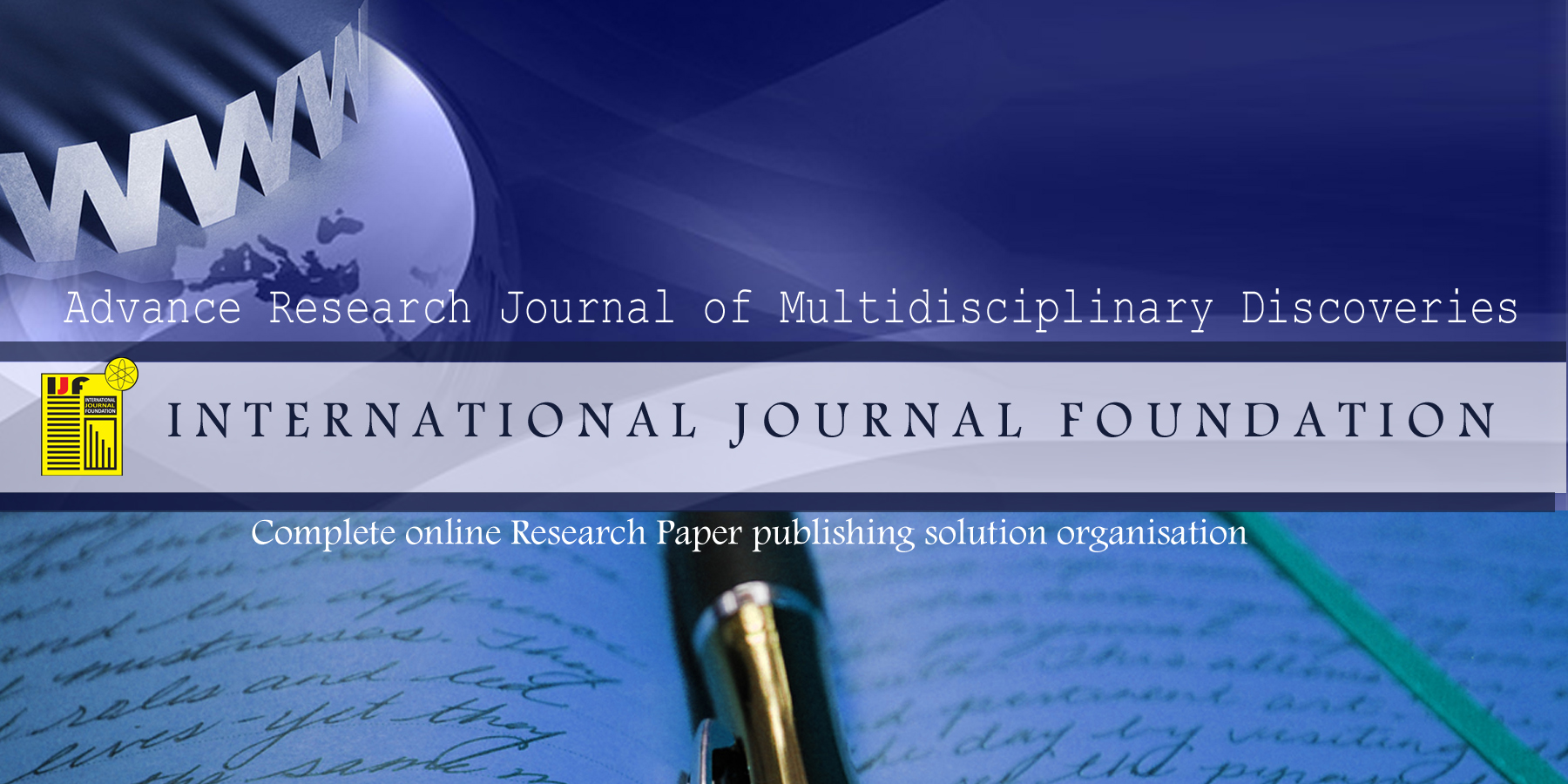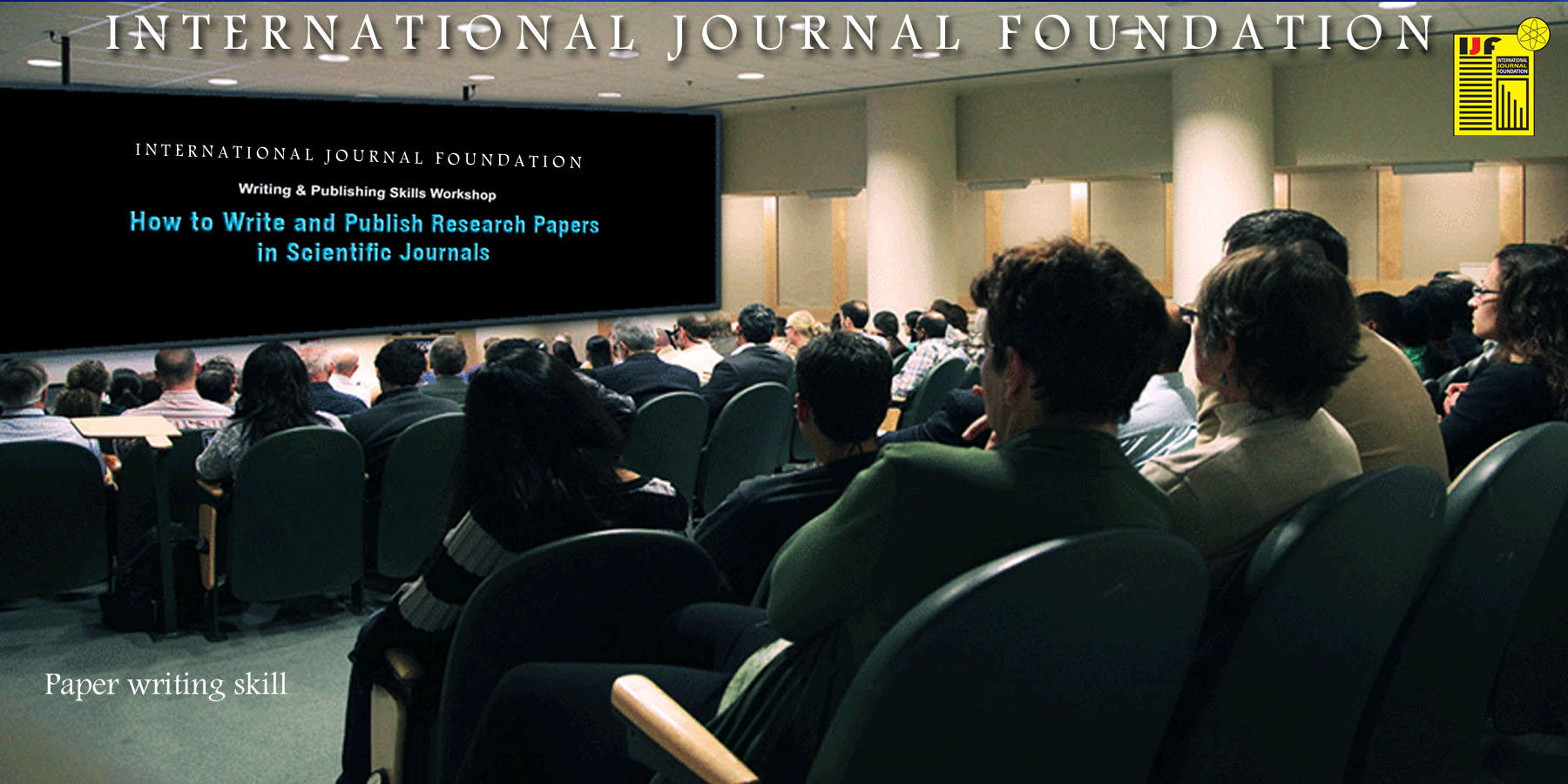2017
JANUARY 2017/ Vol.9.0/ Issue-I
CATEGORY : Research Topic on Entomology
| SL.No. | Detailed information of the published article |
| 1 | TITLE NAME : MOLECULAR CYTOGENETIC TESTING OF CHRYSOMYA BAZZIANA AND COCHLIOMYIA HOMINIVORAX (Diptera: Calliphoridae) IN AL-QADISSIYAH PROVINCE Author’s Name : Hussein R.Mahmood Article Type : ORIGINAL RESEARCH ARTICLE Country from : IRAQ DOP- 01-02-2017/ Chapter-I/Page – 01-03 [ JANUARY ISSUE ] Article Code : ENT-V9-I1-C1-JAN2017 [ ORIGINAL RESEARCH ARTICLE ] Status : Officially published / Download: E-Certificate , Full Article (pdf) —————————————————————————————————————————— Abstract : Chrysomya bazziana and hominivorax have 12 chromosomes, one pair is sex chromosomes and the rest are metacenteric. The karyotype morphology has no substantial differences in both species, except for the X chromosome click here which is subtelocentric in Chrysomya bazziana ,as metacentric in C. hominivorax and approximately, 1.3 times longer in Cochliomyia. Hominivorax. The presence of a C-band in the pericentromeric region was exploited to characterize autosomes. The sex chromosomes of both species were heterochromatic, with exception the final region of long arm of X chromosome. The detection of ribosomal genes was achieved by Molecular cytogenetic testing know as fluorescent In situ hybridization technique(FISH) .The position of NOR was on the sex chromosomes.
 |
CATEGORY : Research Topic on Natural Science
| SL.No. | Detailed information of the published article |
| 2 | TITLE NAME: BIOLOGICAL CHARACTERIZATION OF BIG EYE SCAD SELAR CRUMENOPHTHALMUS BLOCH (OSTEICHTHYES: CARANGIDAE) Author’s Name : Roldan T. Echem & Darius Noel Miñoza Article Type : ORIGINAL RESEARCH ARTICLE Country from : PHHILIPINES DOP- 01-02-2017/ Chapter-II/Page – 04-08 [ JANUARY ISSUE ] Article Code : NS-V9-I1-C2-JAN2017 [ ORIGINAL RESEARCH ARTICLE ] Status : Officially Published / Download: E-Certificate , Full Article (pdf) —————————————————————————————————————————— Abstract : The small pelagic big eye scad (Selar crumenophthalmus) is a commercially valuable species in small-scale local fishery. A total of 120 samples S. crumenophthalmus were studied to determine its biological characteristics like length-length, length-weight relationship, click here and condition factor. Mean ± SD showed that females have the highest standard length (17.39± 0.81 cm), Fork length (18.27± 0.84 cm) and weight (115.82± 17.31g) than males. One Way -ANOVA revealed that there were significant difference between standard length, Fork length and weight α = 0.05. The T- test correlation showed strong relationships between the length-length and length-weight. These results can be attributed to allometric growth, with females gaining weight at a much slower rate than males relative to increments in fork length. Biometric data allowed computation of Fulton condition factor, K=100*W/L3. K values indicated un-favourable condition of fishes which revealed no significant discrepancy between sexes. The increased in length is also the increase in corresponding weight. Sex variation can be attributed to environmental conditions, habitat and diet.
 |
CATEGORY : Research Topic on Natural Science
| SL.No. | Detailed information of the published article |
| 3 | TITLE NAME :DESCRIBING SHAPE VARIATIONS OF EUTHYNNUS AFFINIS (MACKEREL TUNA) USING LANDMARK-BASED GEOMETRIC MORPHOMETRIC ANALYSIS Author’s Name : Roldan T. Echem & Ian J. Catubay Article Type : ORIGINAL RESEARCH ARTICLE Country from : PHHILIPINES DOP- 01-02-2017/ Chapter-III/Page – 09-19 [ JANUARY ISSUE ] Article Code : NS-V9-I1-C3-JAN2017 [ ORIGINAL RESEARCH ARTICLE ] Status : Officially Published Download: E-Certificate , Full Article (pdf) —————————————————————————————————————————— Abstract : A new study shows that the impact of fishing for tuna and similar species during the last 50 years has lessened the abundance of all these populations by an average of 60%. Experts add that the majority of tuna fish have been exploited to the limits of sustainability. Euthynnus affinis is one of the commercially important tunas in the Philippines. click here A majority of tuna caught by the commercial fisheries of the country is exported. The tuna population has already shown signs of overexploitation and decline worldwide. Therefore, the tuna should be properly studied and managed to ensure its sustainability. In this study, landmark-based geometric morphometrics was used to primarily generate body shape variations among male, female and between male and female tuna species.A total of 300 samples were collected in Zamboanga City, Western Mindanao, Philippines. Samples were utilized for imaging and land markings. Sexes of fish samples were determined by direct examination of gonads. Images were processed using geometric thin-plate grids (TPS) and relative warps (RW) software. The data generated from relative warp were subjected to PAST software to established shape variations displayed in the transformation of grids of the relative warps. Results revealed that there were shape variations between sexes and among species of tuna. The relative warp analysis showed that the males shape variations were found on the snout tip and dorsal fin. For females, the body shape variations were localized on snout tip and caudal peduncle. Three shape variations occurred both male and female E. affinis namely; the snout tip, dorsal extremity of the caudal fin, and interior of the anal fin. Discriminant Analysis was used to confirm shape variations between sexes of mackerel tuna species and revealed highly significant differences. However, there were also shared characteristics between sexes. A variation on snout tips can be attributed to their habitat and eating habits of both males and females. The shape variation among females can be accounted to the production of offspring. The shape differences of E. affinis were mostly affected by their behaviors and as well adaptation in the environment.  |
CATEGORY : Research Topic on Health Science
| SL.No. | Detailed information of the published article |
| 4 | TITLE NAME : CORRELATION BETWEEN KNOWLEDGE AND ATTITUDE OF WORKING MOTHER WITH EXCLUSIVE BREASTFEEDING PRACTICE IN LOKTABAT UTARA VILLAGE, SOUTH KALIMANTAN Author’s Name : Ratna Setyaningrum1, Ahmad Rofi’i2 Andini Octaviana Putri3 Article Type : ORIGINAL RESEARCH ARTICLE Country from : INDONESIA DOP- 10-02-2017/ Chapter-IV/Page – 20-23 [ JANUARY ISSUE ] Article Code : HS-V9-I1-C4-JAN2017 Status : Officially Published / Download: E-Certificate, Full Article (pdf) —————————————————————————————————————————— Abstract : Data and information from Ministry of Health (2013) showed the coverage of exclusive breastfeeding 0-6 months according to the province, exclusive breastfeeding in South Kalimantan amounted to 58.7%. Based on the results of a preliminary survey in the Loktabat Utara Village exclusive breastfeeding coverage is only 43%. click here Low coverage of exclusive breastfeeding was caused by working status of the mothers where the demands of the job so that less time is available to provide breast milk to their babies. The purpose of this study is to explain the relationship between knowledge and attitude of working mothers with exclusively breastfeeding practice. This research is quantitative with cross sectional approach. Data were analyzed by univariate and bivariate using ch-square test. Results showed there was no correlation between knowledge (p=0.597) and attitude (p=0.572) of working mothers with exclusive breastfeeding practice. Expected to government, policy makers and health sector further enhance efforts to improve the coverage exclusive breastfeeding through counseling directly to the target audience and provide breastfeeding rooms in the workplace. It is also necessary motivation from the family and the people around to nursing mothers for increase exclusive breastfeeding practice.
 |
N.B.
(i) To Publish your next paper in upcoming issue send your article at article.ijf@gmail.com
( ii ) E- certificate from publisher are free of cost. To get a Original Hard copy of “Publication Certificate“ from International Journal Foundation (Publisher) please contact at journal.ijf@gmail.com
![]()
![]()
![]()
![]()
![]()
![]()
















